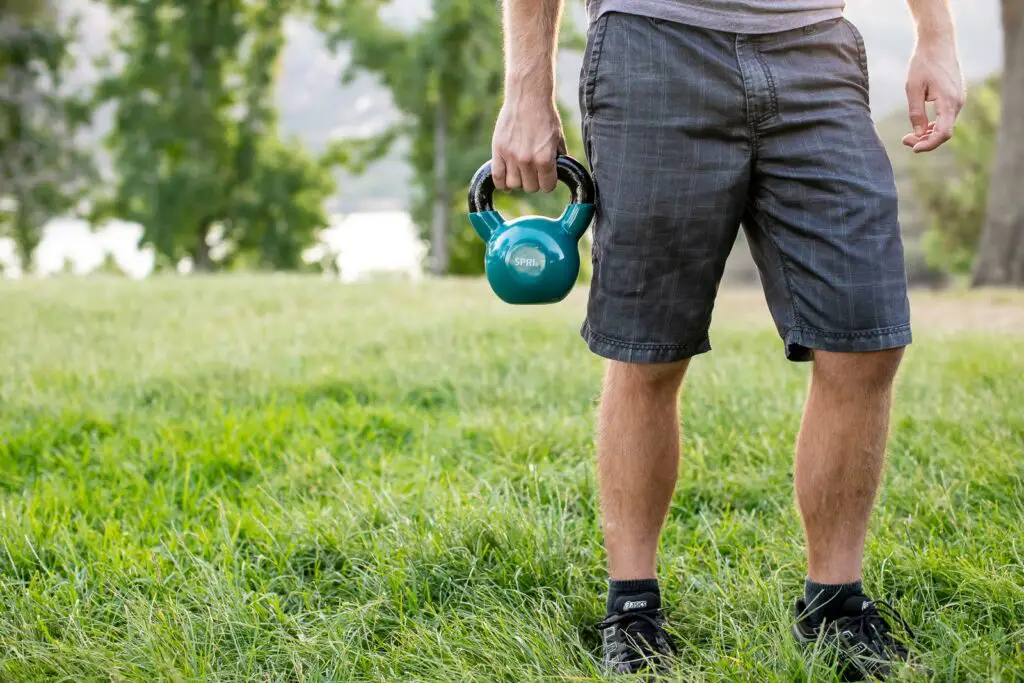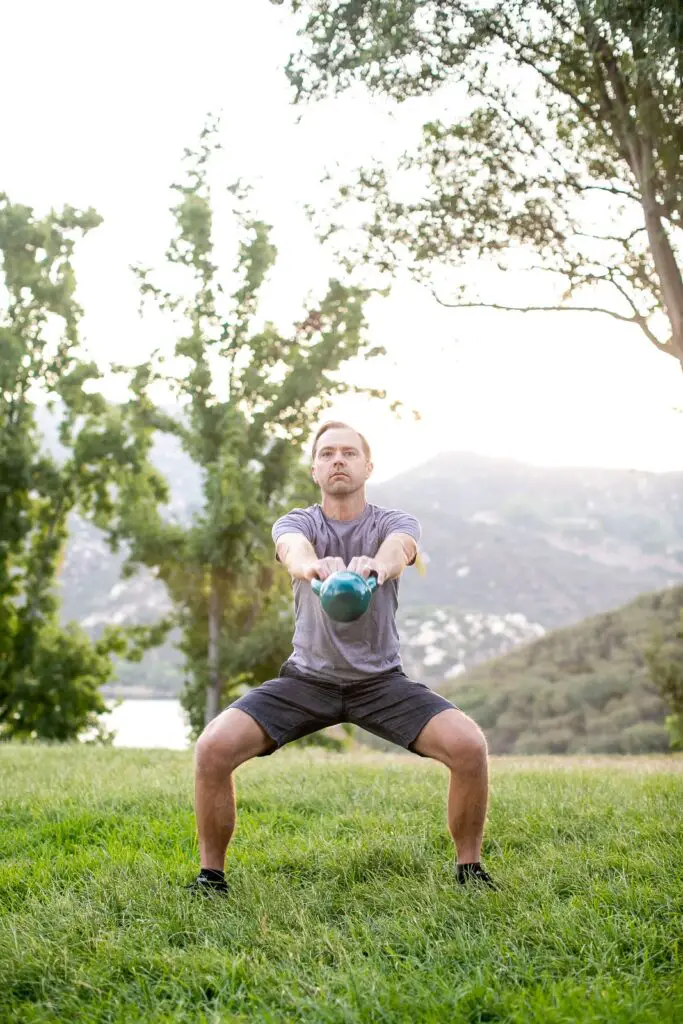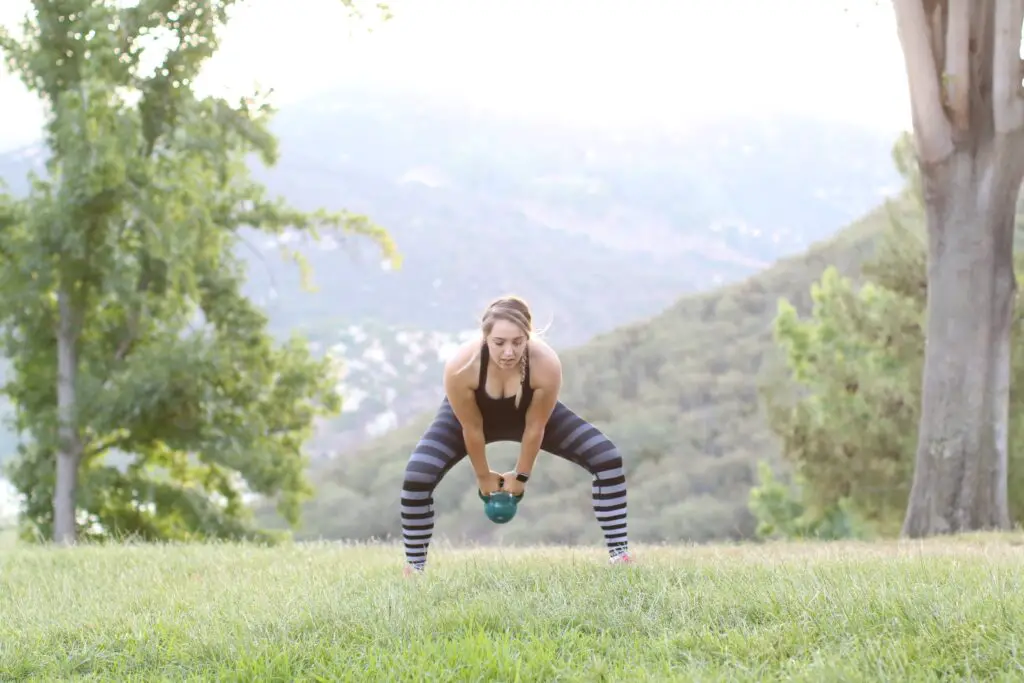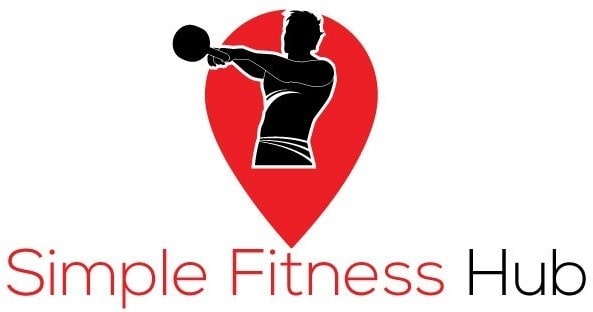Kettlebell swings are probably the best exercise to do if you want to gain a lot of benefits. From burning calories to building muscles, kettlebell swings have a lot in store for you. However, some people feel concerned, are kettlebell swings a full-body workout?
Are Kettlebell Swings a Full Body Workout?
No, kettlebell swings are not a full body workout. However, they work a lot of muscles that are really important in one single exercise. That’s why many people consider kettlebell swings as a full-body workout.
Get in the best shape of your life! Join thousands of other busy adults & parents and grab one of these full-body workout plans.

Some of the muscle areas the kettlebell swings work are:
- Core
- Quads
- Hamstrings
- Glutes
- Back
They’re also easier to do in the comfort of your home and you won’t need to go and pay for gym membership. Just use the best kettlebells you have at home and you are good to go.
What Are The Benefits Of Kettlebell Swings?
There are other benefits you get from kettlebell swings aside from a full-body workout. Here are some of them.
- Increase muscle strength: kettlebell swings require hip action that works your glutes and hamstring muscles. These muscles, along with your back, are involved in almost all forms of lifting, running, and jumping motions. That’s why kettlebell swings improve your muscle power even with low reps.
- Improve muscle endurance: Most people do moderate to high reps of kettlebell swings that really put their muscles to work and improve their ability to do muscular contractions for longer periods.
- Burn a lot of calories: proper kettlebell swings for 20 minutes can burn an approximate of 400 calories.
- Convenient to do: All you need is a kettlebell and an ample space to do kettlebell swings.
What’s The Proper Way Of Doing Kettlebell Swings?
Before you start practicing your kettlebell swing techniques, you should pick the right kettlebell weight for you. As a rule of thumb, always start lighter than what you expect you could lift. The most important thing is to master the proper form.

Once you master doing kettlebell swings properly, you can gradually increase the weight and improve the maximum results you get from kettlebell swings. Here’s how you do the proper kettlebell swing:
- Stand straight with your feet on shoulder-distance apart. Holding the kettlebell between your two feet with the handle in a horizontal position.
- Bend down a bit and bend your hips so they have room to push back and pick up the kettlebell momentum.
- Maintain shoulders down and back, your chest straight and up, and your back still throughout the kettlebell swings.
- As you lift the kettlebell and stand up, squeeze your glutes, move your hips forward and work your abs as you swing the kettlebell above your head with straight arms.
- Bring the kettlebell back down with the aid of gravity while sitting your hips back and prepare to lift the kettlebell back up.
How Many Kettlebell Swings a Day for Fat Loss?
Researchers at the University of Wisconsin found that kettlebells can burn calories at a better pace compared to other methods used. Just by doing a 20-minute kettlebell workout will burn off an average of 272 calories.
With a properly balanced diet and a healthy lifestyle, you can burn fat at your own pace. Most fitness instructors recommend doing 100 to 300 kettlebell swings a day to really get that fat loss going. However, that isn’t easy for most beginners. If you are still new to kettlebell swings doing around 20 to 30 a day is a great start.
You can divide them into reps and sets throughout the day. For example, doing 15 kettlebell swings in the morning before going to work and another 15 in the evening at home. If you find this too difficult, keep track of your workout progress and increase either your reps, sets, kettlebell weight if you find you are not improving.
Is it OK to Do Kettlebell Swings Every Day?
There are varying factors that will decide if you can do kettlebell swings every day. It depends on the intensity of your workout, how much you are familiar with kettlebell swings, and your ability to recover from doing your workouts.

However, if you are doing it at high intensity, it would be best recommended to take a day or two of rest so that you can recover. People also have varying recovery periods so you should also take into account before committing to doing kettlebell swings every day.
Is Kettlebell Swing Cardio?
While kettlebell swings aren’t technically cardio, moderate to high repetitions of kettlebell swings will work your heart and lungs. They’re also a great addition to HIIT (high-intensity interval training) where the fast-paced environment and constant acceleration of your heart rate will improve your cardiovascular fitness.
They also increase your metabolism, raising your growth hormone and testosterone levels. This makes it easier to lose fat and build muscle which also benefits your cardio.
How Many Kettlebell Swings Should I Do a Day?
It all depends on you. You know the limitations of your body so you should decide for yourself how many sets and reps you can do for a day without getting fatigued. As long as you keep track of your progress you will get significant results so don’t worry about starting slow.
A basic thing to do is start in low sets and gradually increase it after every workout and you will see improvements after every session.
Conclusion
Kettlebell swings are great for a full-body workout. They target the important muscle groups that you use daily. Doing kettlebell swings regularly will help improve your overall fitness including cardio and endurance.
